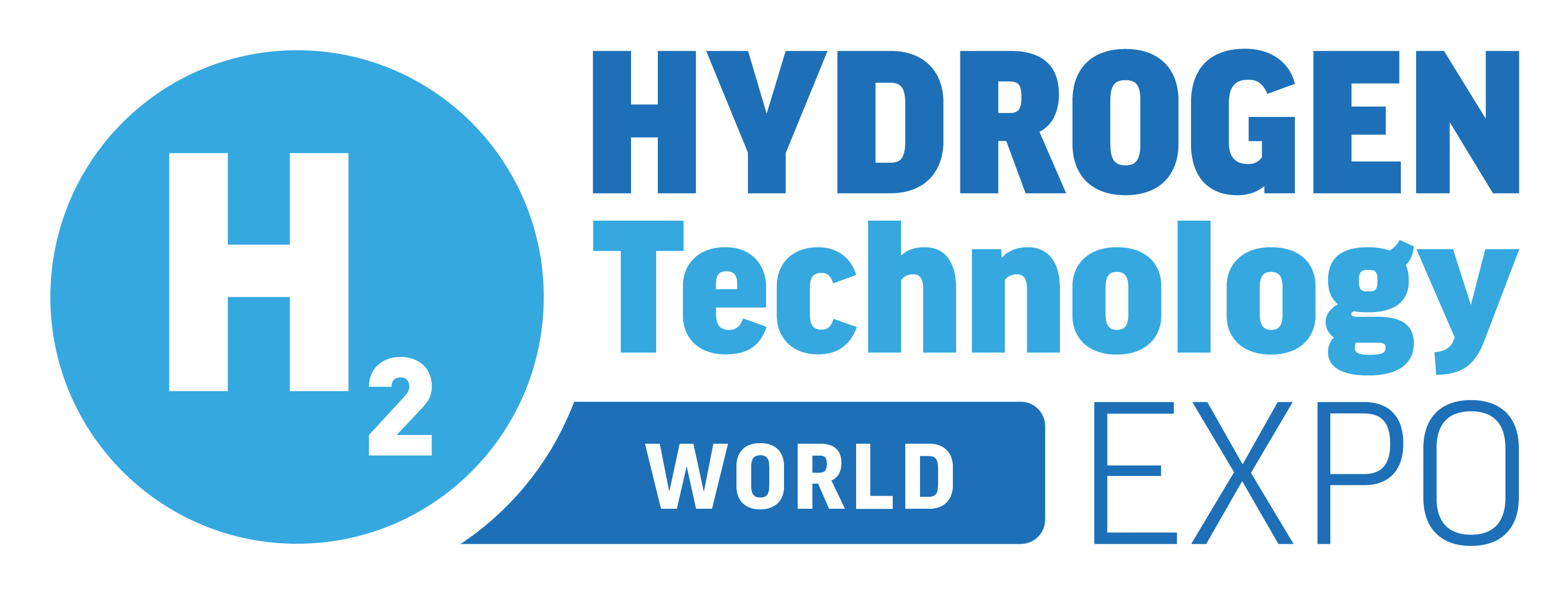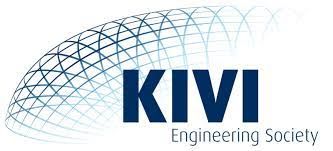Deploying CCS at Scale: GE Vernova’s Scope in Net Zero Teesside and Innovation in EGR
GE Vernova is supporting the development of Net Zero Teesside Power, one of the world’s first commercial-scale gas-fired power plants with integrated carbon capture and storage (CCS). The project—developed by bp and Equinor with Technip Energies as EPC—has reached Final Investment Decision (FID) and will feature GE Vernova’s advanced 9HA.02 gas turbine, steam turbine, generator, and Mark™ VIe control systems. It is expected to deliver up to 860 MW of flexible, lower-carbon electricity to the UK grid and capture up to 2 million tonnes of CO₂ annually. Notably, NZT Power is also expected to be the first commercial deployment of exhaust gas recirculation (EGR) in a gas turbine combined-cycle plant—marking a major milestone in both project-scale decarbonisation and technology integration.
EGR plays a critical role in improving the efficiency and economics of CCS in Natural Gas Combined Cycle (NGCC) applications. By increasing CO₂ concentration and reducing O₂ in the exhaust gas, EGR enables smaller and more cost-effective absorber systems while also improving part-load efficiency and increasing net power output. GE Vernova has been developing EGR technology since 2006 and has validated commercially available EGR-capable combustors for both F-class and H-class turbines.
The benefits of EGR were previously demonstrated in a U.S. Department of Energy-funded Front-End Engineering Design (FEED) study at Southern Company’s Plant Barry site. With NZT now moving forward as the first commercial-scale implementation, GE Vernova’s long-standing investment in EGR is entering the deployment phase.
GE Vernova continues to collaborate with carbon capture OEMs, EPCs, and developers to deliver fully integrated NGCC+CCS solutions, backed by deep gas turbine expertise and a track record of innovation. Successfully delivering large-scale CCS projects depends on close cross-company partnerships—and GE Vernova is helping lead the way.





)
)
)
)
)
)
)
)
)
)
)
)
)
)
)
)
)
)
)
)
)
)
)
)
)
)
)
)
)
)
)
)
)
)
)
)
)
)
)
)
)
)
)
)
)

)
)
)
)
)
)
)
)
)
)
)
)


)
)
)
)
)
)
)
)
)
)
)
)

)

)
)
)

)
)
)
)
)
)
)
)
)

)
)
)
)

)
)
)
)
)
)
)
)
)
)


)

